Cupping and Its Use in Massage Therapy
Cupping is a form of alternative therapy that dates to ancient times and has been found around the world throughout history.
There is so much information available about cupping, so we’ve worked with The Sports Massage Association to bring you this guide on the use of cupping in massage therapy.
You should however review your client's medical history and current conditions before administering a cupping treatment to ensure it is suitable for them and that they do not have contraindications.
What is cupping?
There are different types of cupping therapy which can be generally categorised into dry and wet cupping.
Dry cupping involves placing special cups designed for the treatment on a patient’s skin and creating a vacuum to suction the skin into the cup, lifting the underlying muscle and fascia. This can be particularly useful for treating latissimus dorsi, the iliotibial band & thoracolumbar fascia as an alternative to compressive techniques as they can often be painful, especially the ribs and ITB.
Take a look at this video from Liam Coffey at Muscle Doctor as he demonstrates a technique using dynamic cupping to target and mobilise the Iliotibial Band: Dry Cupping of the ITB.
Wet cupping, whilst similar to dry cupping, further involves creating small cuts or punctures in the skin which draws out a small amount of blood. This can be carried out following dry cupping, or as a treatment in its own right.
The suction created in cupping was once achieved by lighting a flammable substance such as alcohol in the cup and waiting for the fire to go out to create the vacuum. Many therapists still carry out cupping this way, however, some more modern cupping systems use a pump or other pressure systems to achieve the vacuum (see ‘Which Cupping Set’ below).
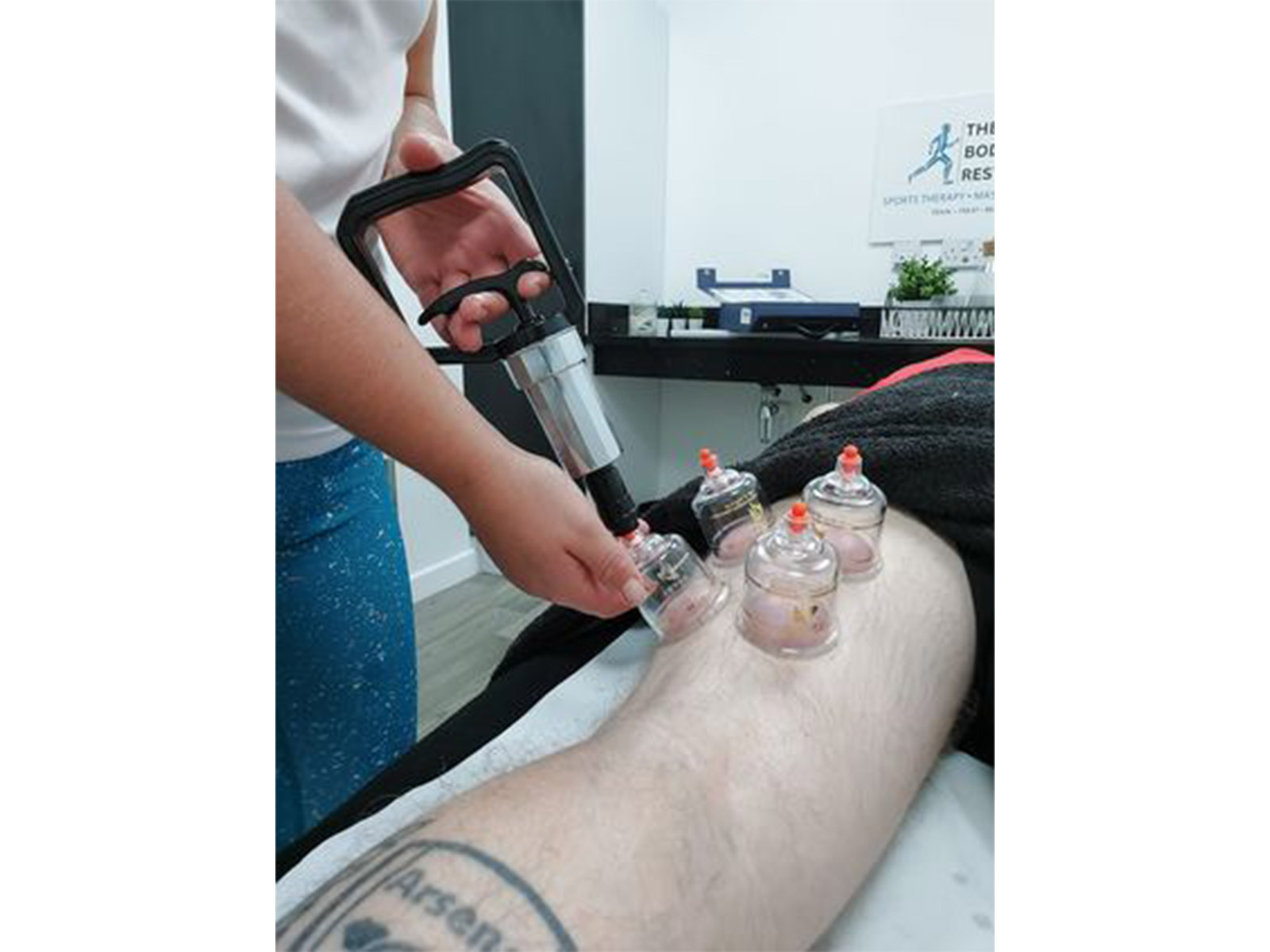
Image Credit: Lindsey Ann Louise, The Body Restore
What are the benefits of cupping?
Furhard and Bokhari (2023), found that when it comes to the benefits of cupping therapy, treatment of pain shows the most evidence. Additionally, some patients with illnesses such as hypertension or rheumatoid arthritis have also experienced benefits.
This study also found that while dry cupping was most beneficial for general pain conditions, for inflammatory-related pain conditions, such as shingles, wet cupping was more effective.
It is worth noting, however, that cupping is not suitable for all patients including but not limited to patients suffering from cancer, haemophilia, geriatric patients, or patients who are pregnant (Furhard and Bokhari 2023). Therefore, it is vital to consider all contraindications to cupping before proceeding.
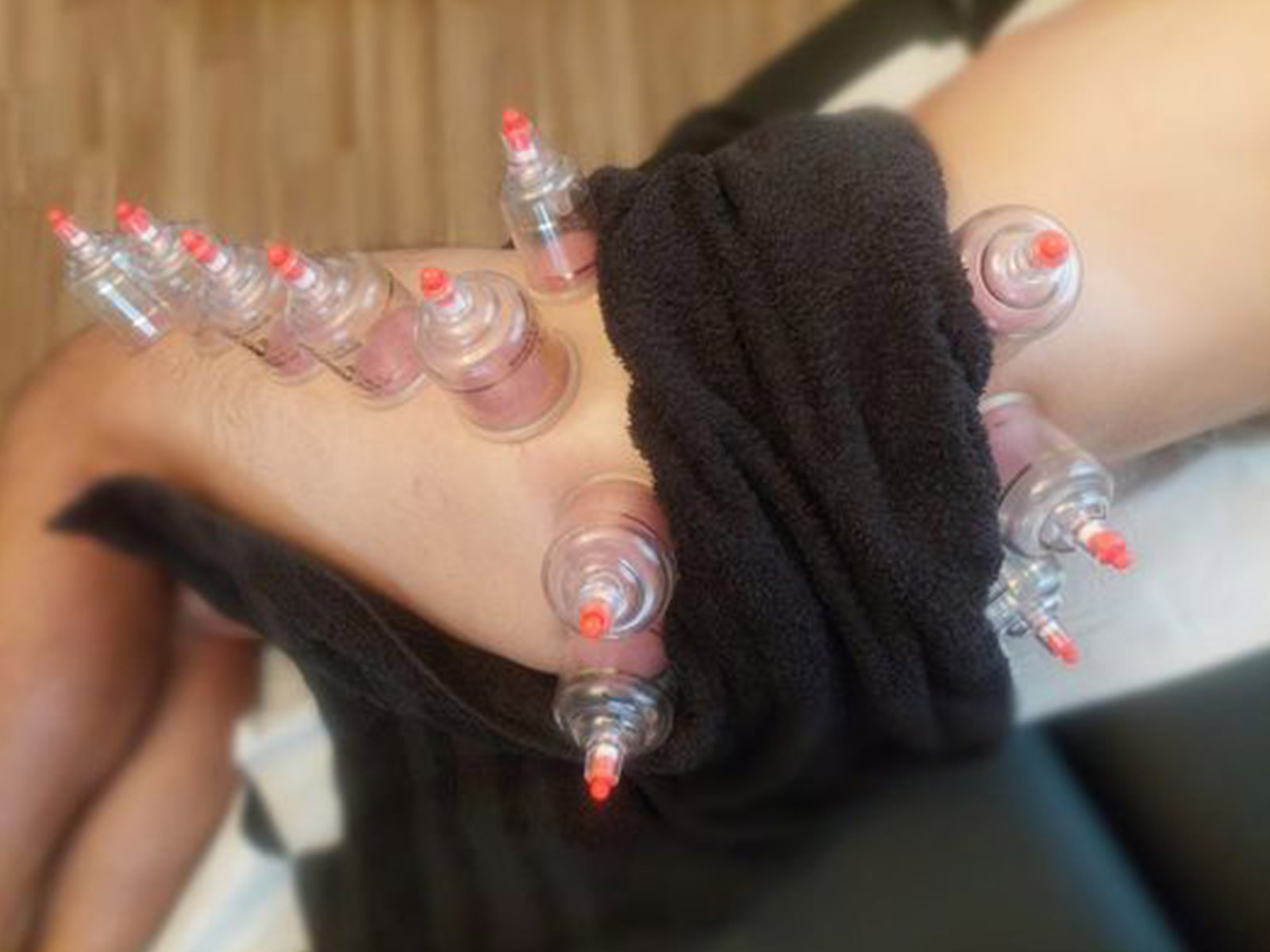
Image Credit: Lindsey Ann Louise, The Body Restore
Cupping as an aid to massage
So how does including cupping as part of your massage therapy help?
Al-Bedah, et al., (2019), state that cupping can produce a comforting and relaxing state of being, that, in turn, leads to improved pain control.
With soft tissue relaxation and the relief of tension and pain being the major aims of massage therapy, it’s easy to see why cupping can be a beneficial addition to treatments.
The upward pressure created by the cups lifts the tissue as opposed to the downward pressure of massage, but both increase local circulation, relaxing the muscle and associated fascia, and it may be that cupping is less painful for clients.
Because it has similar effects to massage, cupping, particularly running cupping (also known as ‘gliding’ or ‘moving’ cupping), can be beneficial in relieving muscular tension and pain without the therapist having to apply as much pressure. This has obvious benefits to the therapist, especially for lengthy or deep muscle treatments. Running cupping is usually aided by massage mediums such as oils or lotions, see "Massage Mediums and Cupping" below for more details.
![]()
Which cupping set?
Physique carries a few cupping sets depending on your preferences and needs:
Hansol Cupping Sets
The Hansol cupping sets come in various sizes including the 10-piece cupping set and 17-piece cupping set. Both sets come with a pump vacuum handle to make applying the cups easy and effective.
A benefit of the pump handle is that it also allows you to easily control the level of suction you generate. While release valves on the cups make them easy and quick to remove.
Both sets include cups in a variety of sizes for different areas of the body and allowing for more varied treatments.
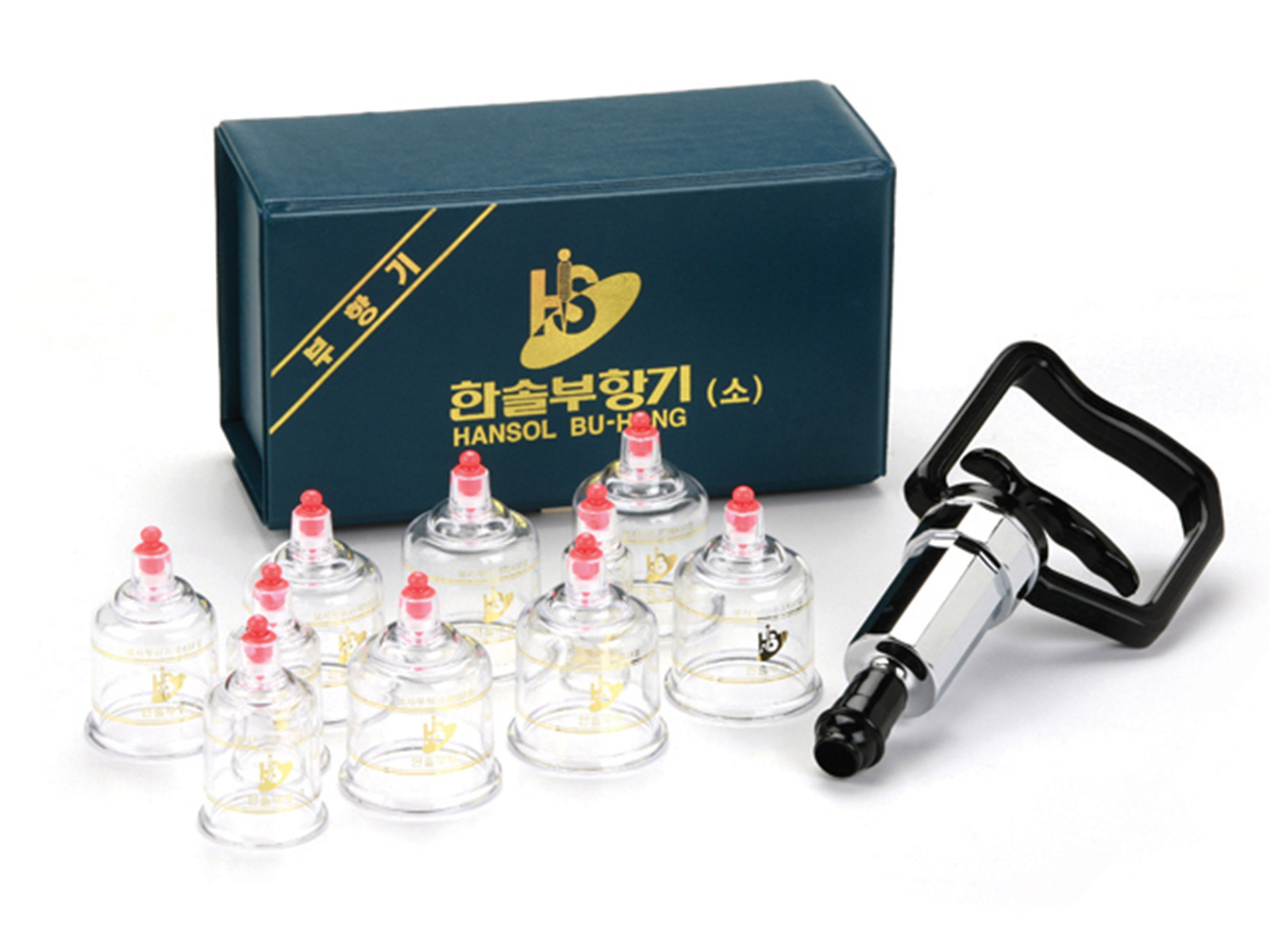
6 Piece Cupping Set
Similar to the above set, this 6-piece cupping set also comes with a handy pump hand but offers a variety of cup sizes.
They also come with magnetic North/South polarised probes that can be attached inside the cup so you can use them for magnetic therapy as well.
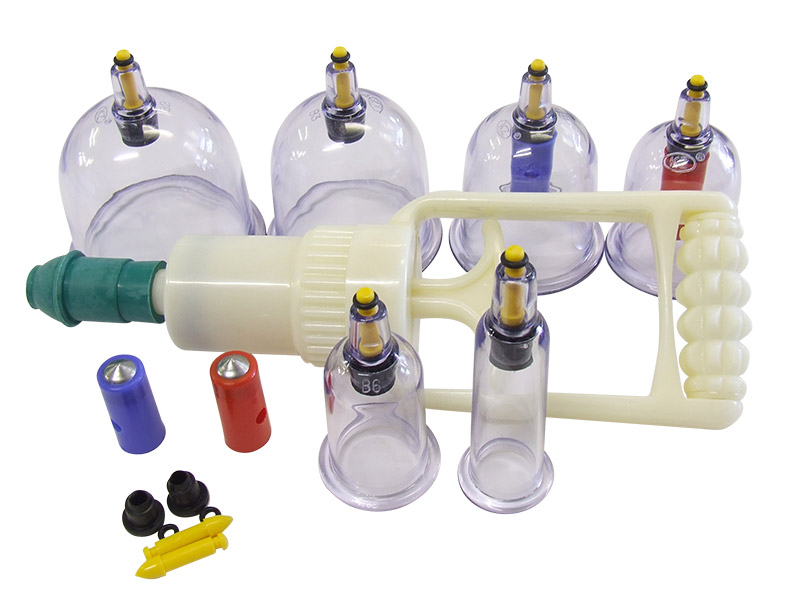
Silicone Cupping Set
This set comes with 4 cups, each in a different size.
Some people also find that silicone cups are easier to move around the patient’s skin if you are performing running cupping for a deep massage treatment.
Unlike the previous sets, these cups don’t come with a pump handle, however, the flexible and soft material of the cups means you can still control the degree of suction you want to apply.
![]()
Massage Mediums and Cupping
You might want to consider using a massage medium when doing a cupping treatment. Particularly when doing running cupping where the cups are moved around the treatment area so a massage medium is essential to achieve a freer, smoother movement.
There are different schools of thought on what medium is best depending on the type of cupping you are doing or the benefit of the medium to the skin. Oils and lotions are the traditional choices for running cupping which aid in the gliding motion of the treatment. You might also want to consider balms, cremes or even waxes.
When choosing a massage medium to use during cupping, it may also come down to your own preferences as a massage therapist but also which medium is suitable for the area of the body you are working on.
Sources and References:
Shabi Furhad; Abdullah A. Bokhari. (Updated 2023). Cupping Therapy. National Library of Medicine.
Abdullah M.N. Al-Bedah, et al., (2019). The medical perspective of cupping therapy: Effects and mechanisms of action. Journal of Traditional and Complementary Medicine. 9:2, 90-97
Available at [https://www.sciencedirect.com/science/article/pii/S2225411018300191]
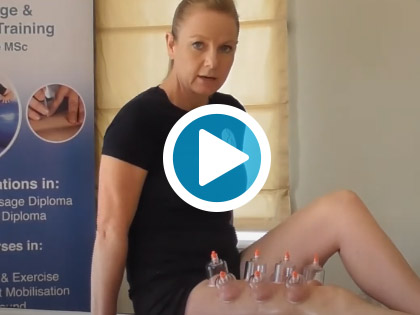
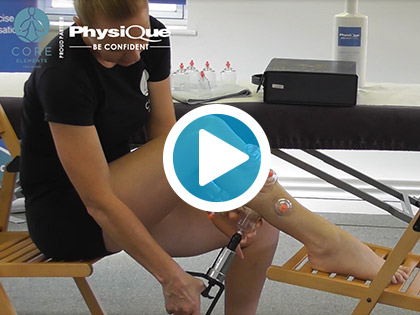

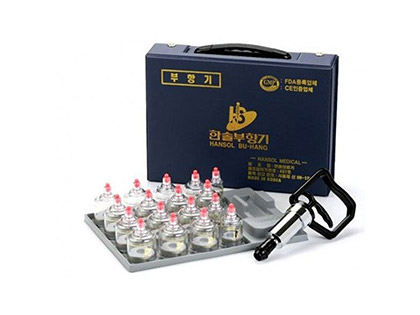
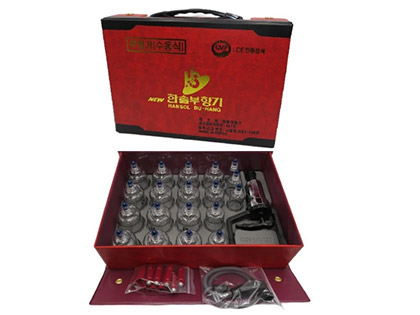

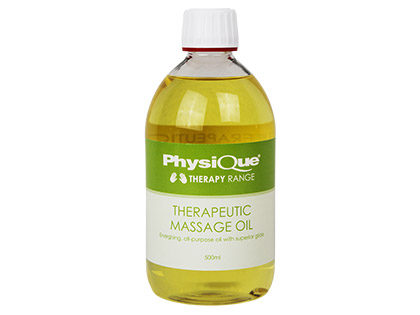

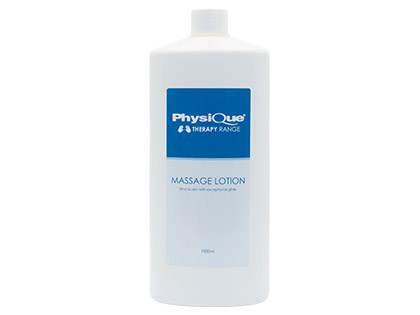
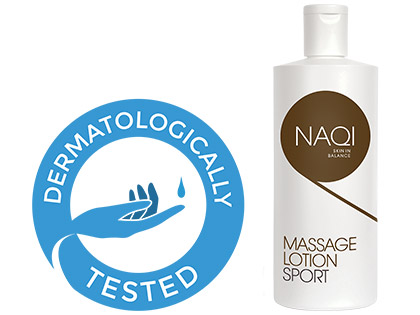
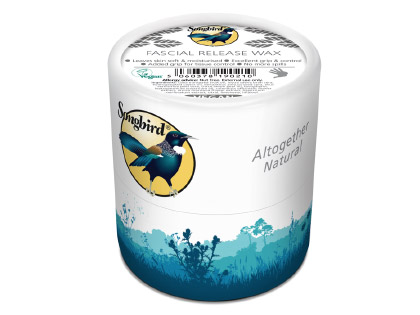
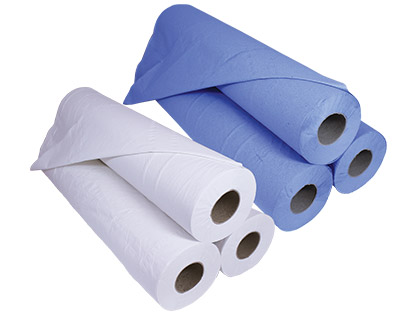


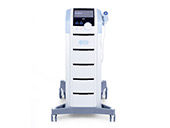
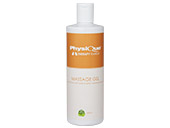
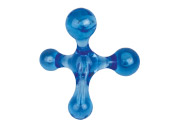
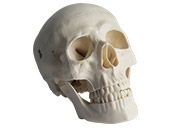
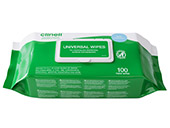
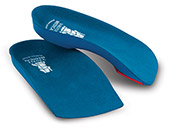

Did you find this article useful?
Why not share this with a colleague, patient or friend?